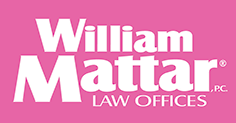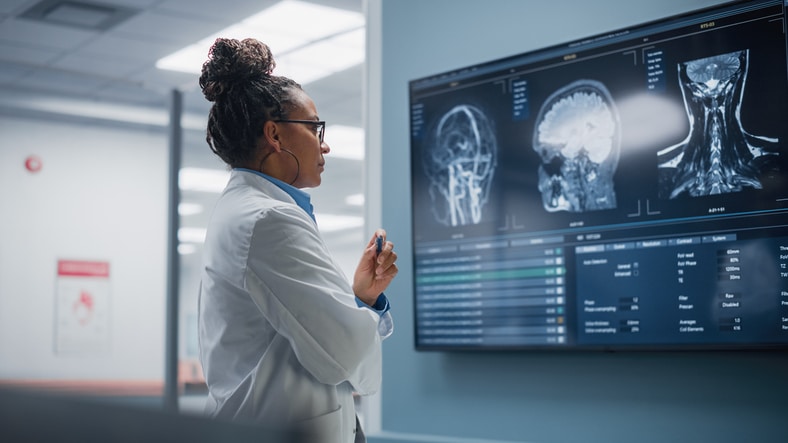

(844) - 444-4444

After a car accident in New York causes you to sustain serious personal injuries, you may be wondering whether you are entitled to receive compensation for pain and suffering.
That term, pain and suffering, is somewhat difficult to define. It takes into account emotional anguish and changes in ability to perform activities of daily living after an injury. It can include anything that detracts from your quality of life.
For example, if you used to enjoy a nightly walk after dinner but, due to injuries, can no longer do so, that could be seen as some evidence of pain and suffering or loss of enjoyment of life. If it now hurts to sit in the same position, like when reading a book, that too can be seen as evidence of pain and suffering.
As you might imagine, it can be difficult to assign a precise dollar figure for these sorts of experiences which, in the cumulative, can have a devastating affect on your ability to enjoy life. When this inability to enjoy life was caused by the negligence or wrongdoing of another, however, you may be entitled to compensation.
Because most motorists and pedestrians injured in car accidents in New York are entitled to payments for medical bills and lost wages regardless of fault, also known as no-fault insurance, you ordinarily need to prove a “serious injury” in order to recover for pain and suffering. This is another, arguably more technical, legal term which has a precise legal meaning.
Some of these serious injury “categories” can get confusing.
For example, how do you tell the difference between a “significant limitation of use” and one that is insignificant? Everybody is unique, with different physical abilities, medical charts, and daily routines. How do you draw that line in the sand?
New York courts have been drawing these sorts of line in the sand for decades and have developed guideposts for determining when an injured motorist has a serious injury (entitling them to compensation for pain and suffering), and when an injured motorist does not breach this threshold (entitling them to no compensation for pain and suffering).
In other words, while the term “serious injury” has a precise legal meaning, courts have been endeavoring to interpret that meaning when applied to unique individuals.
It can be difficult to navigate all of these guideposts, contained in “caselaw” handed down by judges and courts, but there appears to be little question that a “serious injury” must have an objective basis, meaning that, generally speaking, its diagnosis must not depend solely and exclusively on subjective complaints of pain.
While an X-ray or MRI can qualify as objective evidence of injury, according to some decisions, they are not the only way of showing objective evidence of injury. For example, in one case, the court found that “the presence of spasms upon palpation of plaintiff’s thoracic spine” was objective evidence of injury.
Determining whether someone has a claim of “serious injury” can get complicated, requiring the analysis of medical records and caselaw from New York courts.
An experienced attorney can help examine medical records and advise whether they support a claim of “serious injury,” and thus recovery for pain and suffering, even if you have not undergone diagnostic imaging, like an X-ray, CT scan, or MRI. Though this kind of diagnostic imaging will generally strengthen a claim of serious injury, it may not be essential.
If you were injured in a New York car accident and are looking for an experienced car accident attorney, please do not hesitate to contact the lawyers at William Mattar, P.C.





